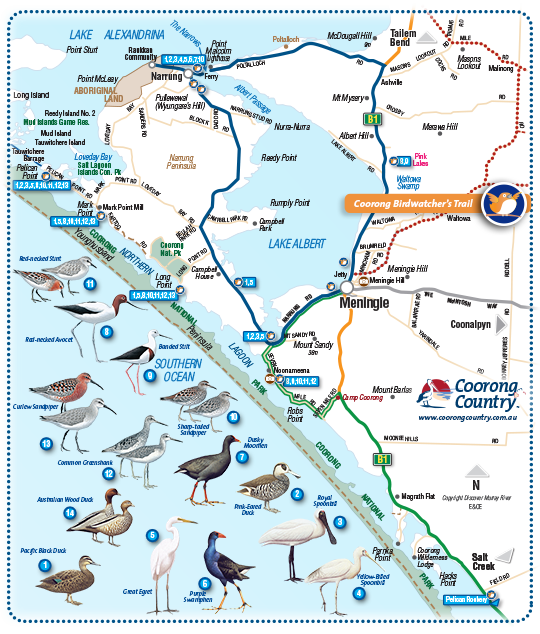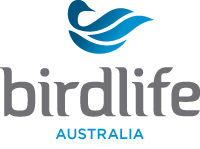Coorong Country Birdwatcher’s Trail – Narrung Peninsula
RAMSAR PROTECTED REGION
Wetlands of Importance
The Coorong is recognised as:
- A ‘Wetland of International Importance’ under the Ramsar Convention (1975)
- A migratory bird habitat, protected under a covenant between the Australian Government and the governments of Japan (JAMBA) and China (CAMBA).
In 1980 the Coorong National Park was included on the Register of the National Estate. The 46,745 hectare Coorong National Park includes a magnificent coastal sand dune system and a complex wetland habitat which supports an abundance of birds, ground-dwelling animals and fish. The park was dedicated in 1966 to conserve this distinctive landscape of natural beauty.
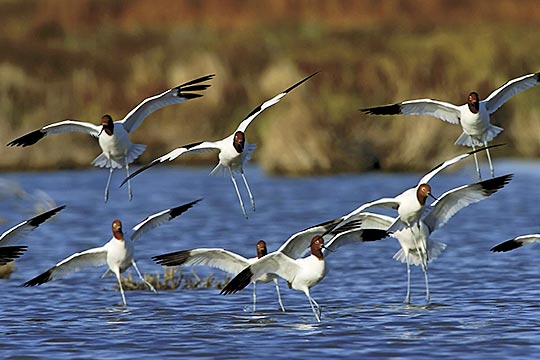
The Coorong consists mostly of a long shallow saltwater lagoon separated from the sea by the sand dunes of the Younghusband Peninsula. Hence the name Coorong, which comes from the Ngarrindjeri word ‘Karangk’ meaning ‘long neck’.
Birds of the Coorong
The Department of Environment, Water and Natural Resources has obligations to manage and protect wildlife and wetland habitat in the Coorong under three international agreements.
As a ‘Wetland of International Importance’ and as a migratory bird sanctuary, the Coorong National Park ranks amongst the world’s finest. More than 240 bird species have been identified in the Coorong.
Integral to the protection of these birds are the many freshwater soaks, islands and land spits which provide both refuge and habitat.
Which bird is that?
Identification of birds, especially the smaller and less colourful species, can be challenging. Take note of their:
- shape – especially beak or bill
- unusual features – perhaps their walk or flight pattern
- flashes of colour – the head, neck and underside of wings may give a clue
- their habitat – did you see them in reeds, on the beach, or wading?
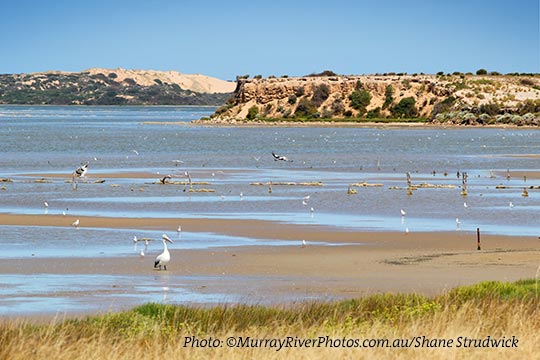
Bird illustations courtesy of © Bird Life Australia
Common Shorebirds of the Coorong
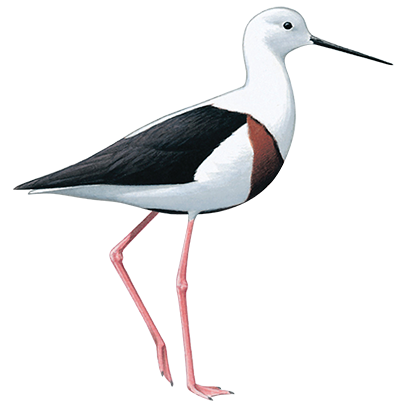
Banded Stilt 41cm
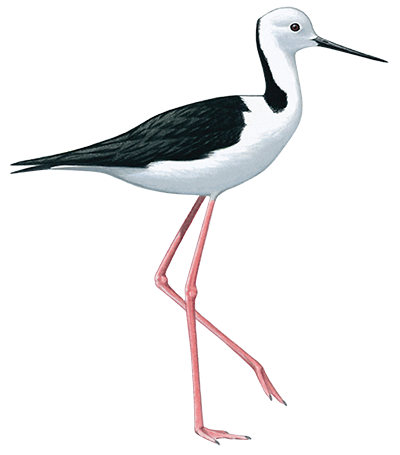
Black Winged Stilt 36cm
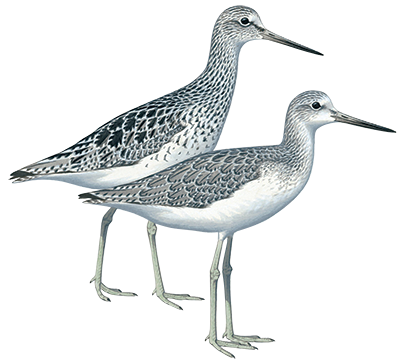
Common Greenshank 33cm
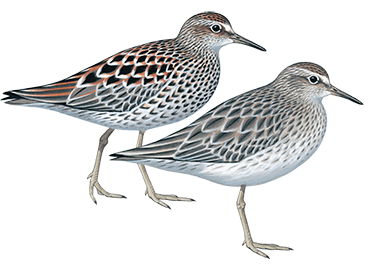
Curlew Sandpiper 20cm
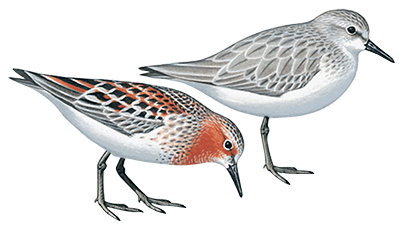
Red necked Stint 15cm
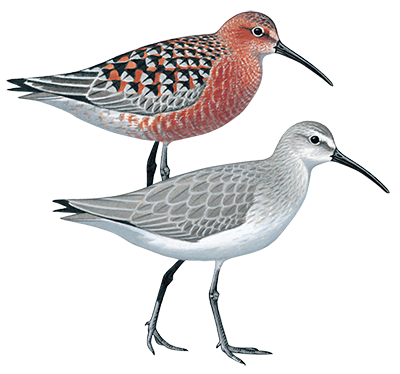
Sharp Tailed Sandpiper 20cm
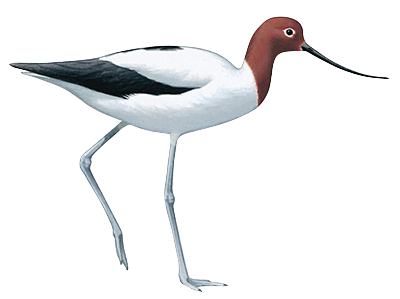
Red Necked Avocet 44cm
Common Waterbirds of the Coorong
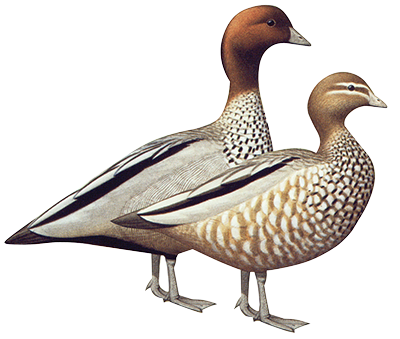
Australian Wood Ducks

Dusky Moorehen 38cm
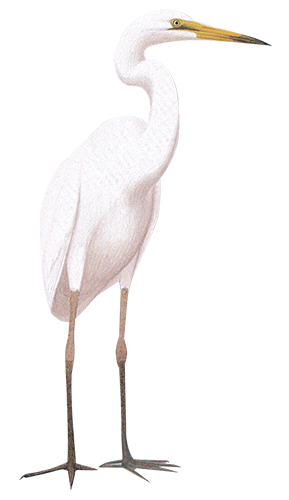
Great Egret 88cm

Purple Swamphen 46cm
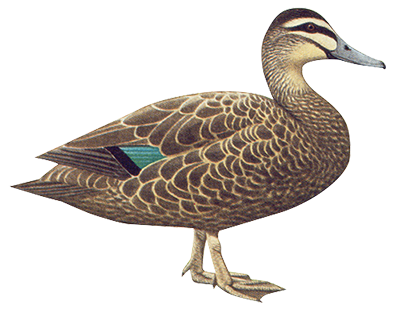
Pacific Black Duck 53cm
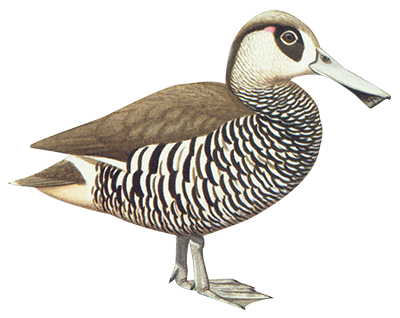
Pink Eared Duck
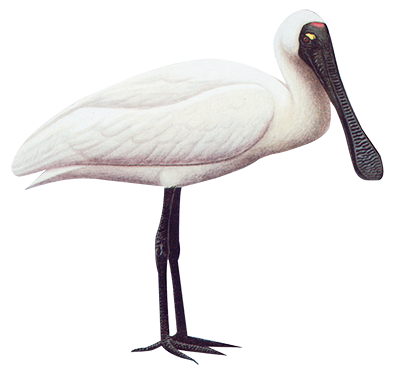
Royal Spoonbill 77cm
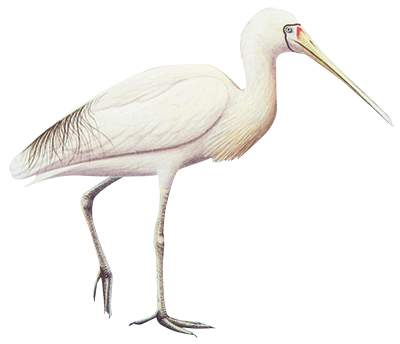
Yellow Billed Spoonbill 83cm
Australian Pelican – Ngori
“Pelecanus conspicillatus”
I am the biggest of all species of pelican and I grow as long as 1.8m and weigh up to 13kg. You can find me in lakes, swamps, rivers, estuaries and on the seashore.
I have the biggest beak in the bird kingdom, which allows plenty of room for fish, crustaceans, shrimps, turtles, tadpoles and frogs that I eat. My pouched bill can also hold 9 to 13 litres of water. We can also be found in Indonesia, Papua New Guinea, Fiji, New Zealand and the Pacific Islands.
Did you know?
My pelican chicks can let me know if they are too hot or cold while they are in the egg. Our breeding rookery in the Coorong is the largest Australian Pelican breeding colony in the country at Jack Point approximately 7km north of Salt Creek.
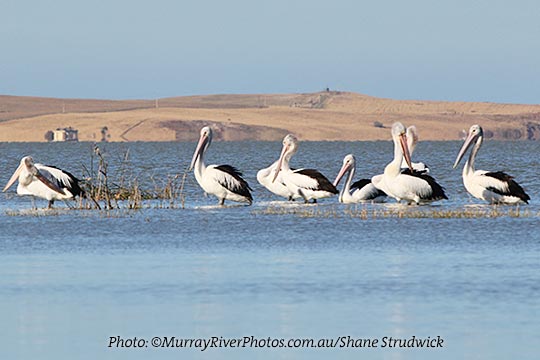
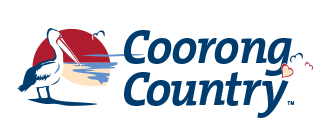
 Menu
Menu